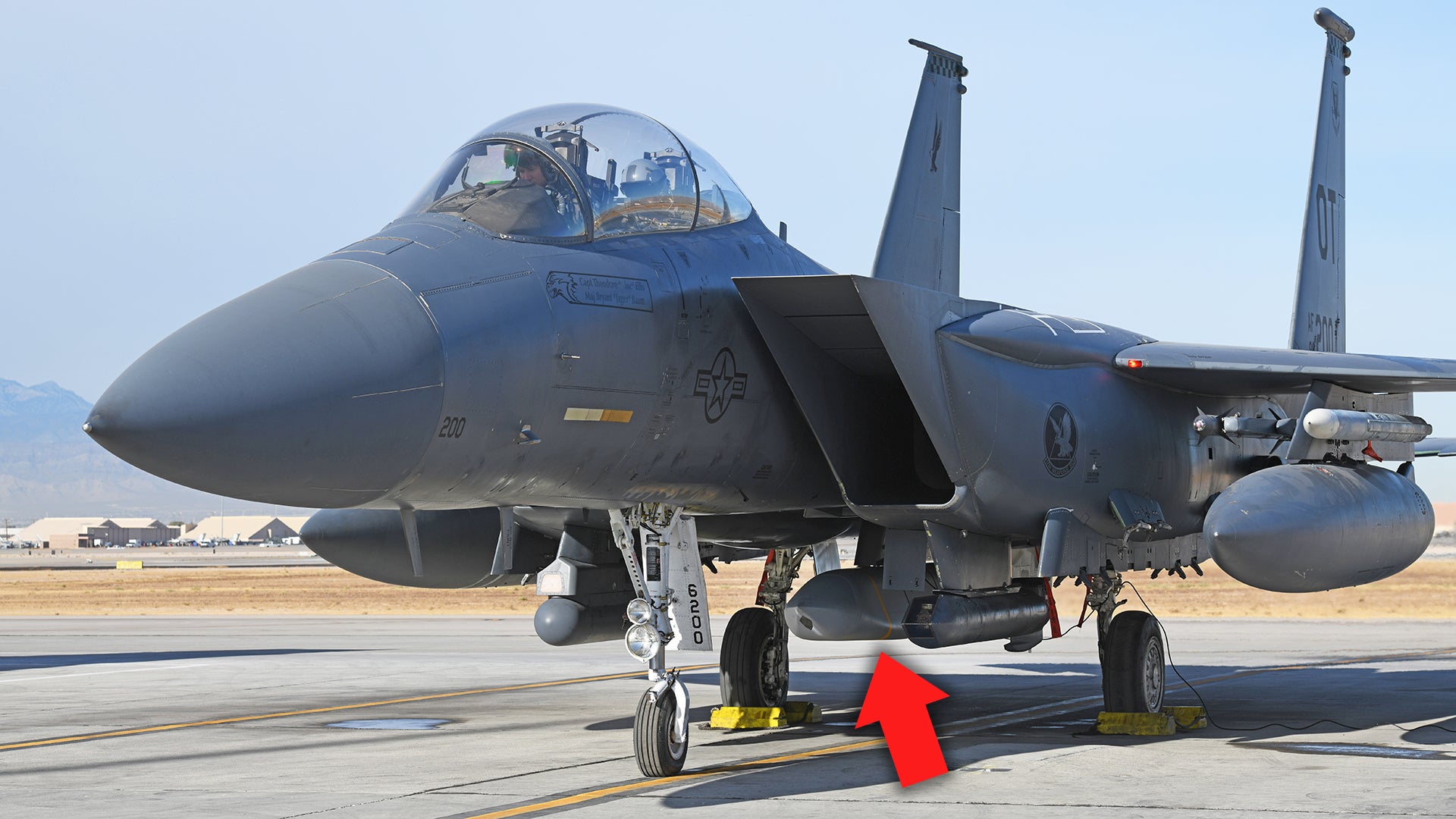The U.S. Air Force has released images of an F-15E Strike Eagle carrying a live AGM-158B Joint Air-to-Surface Standoff Missile-Extended Range cruise missile, or JASSM-ER. Strike Eagles are among the service’s most in-demand combat jets and are a leading delivery platform for the JASSM series of stealthy missiles. It is all be confirmed that F-15Es fired AGM-158s to level ISIS leader Abu Bakr Al Baghdadi’s compound in Syria following the raid that led to his death in 2019.
The F-15E in the new pictures is assigned to the 422nd Test and Evaluation Squadron, part of the 57th Wing at Nellis Air Force Base in Nevada, and launched the AGM-158B over the U.S. Army’s White Sands Missile Range in New Mexico as part of a test on Jan. 7, 2021. Other active-duty personnel from the 57th Wing, as well as members of the Air Force Reserve’s 706th Fighter Squadron, which is associated with the wing, participated, as well.
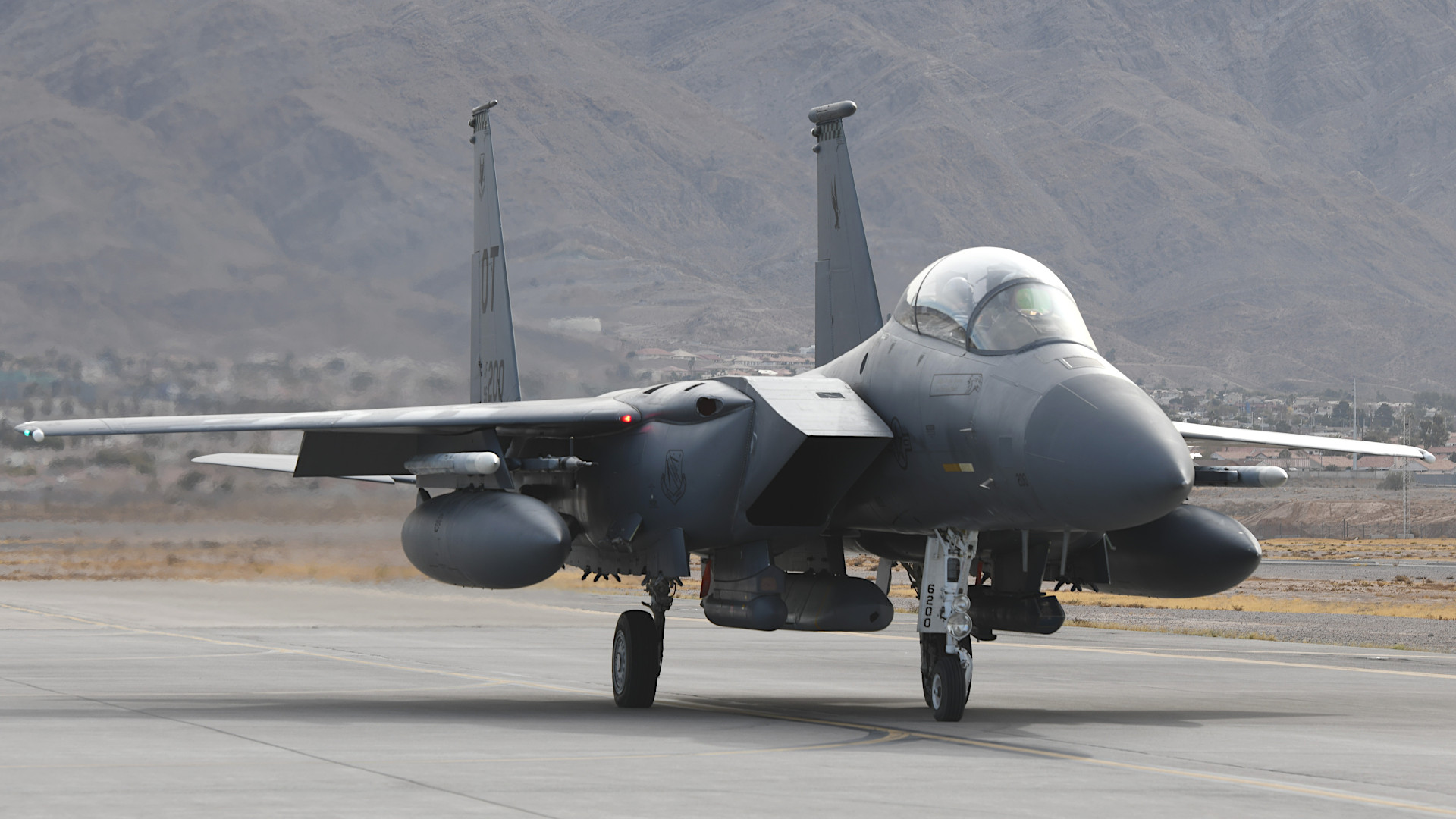
“From the operational test side that we do at Nellis, we had only seen it [JASSM] in training, we had never employed one off an operational test jet here,” Air Force Major Derek Anderson, the 706th Fighter Squadron’s Director of Operations, said after the test. “Even with this one sortie we will be able to provide valuable feedback to the software engineers of changes that we need to get incorporated.”
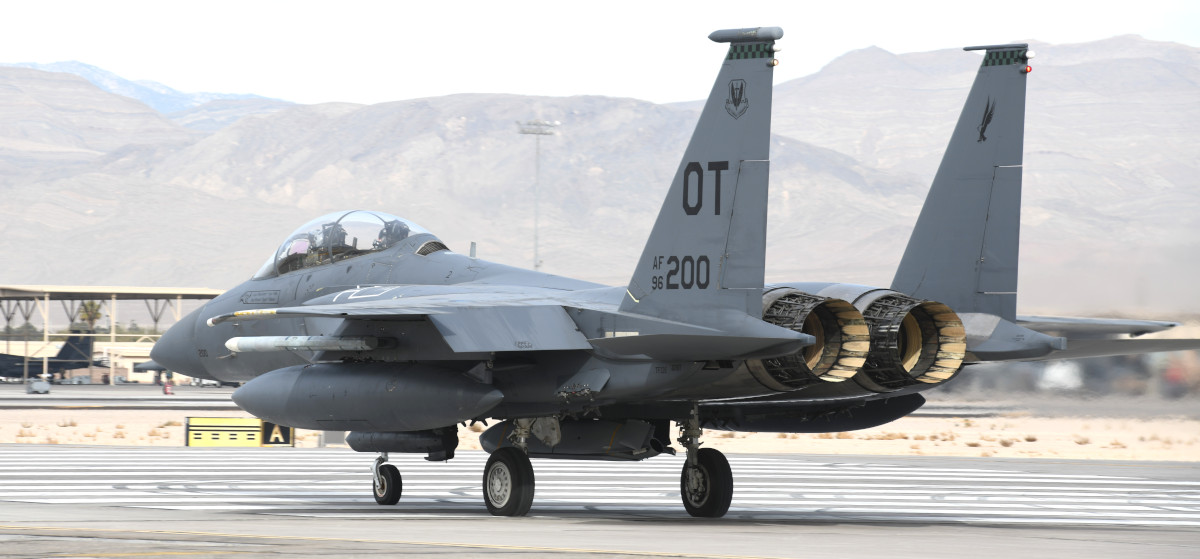
The Air Force did not specify what changes were made to the AGM-158B in this case, but said that the test was “intended to validate enhanced hardware and software that will improve the lethality of the F-15E and other delivery platforms.”
The JASSM series is still relatively young, with the original AGM-158A variant entering service in 2009 and reaching initial operational capability on the F-15E in 2013. The extended-range AGM-158B variant arrived in 2014, but initially only on the B-1B bomber. Integration of this version on the Strike Eagle came later, with the aircraft only reaching full operational capability with this missile in 2018.
B-2A and B-52H bombers and F-16C/D fighters can also carry these weapons. The U.S. Navy had originally planned to adopt these missiles, as well, but dropped out of the project. However, the JASSM has also been integrated onto the F/A-18 Hornet to satisfy requirements from foreign operators.
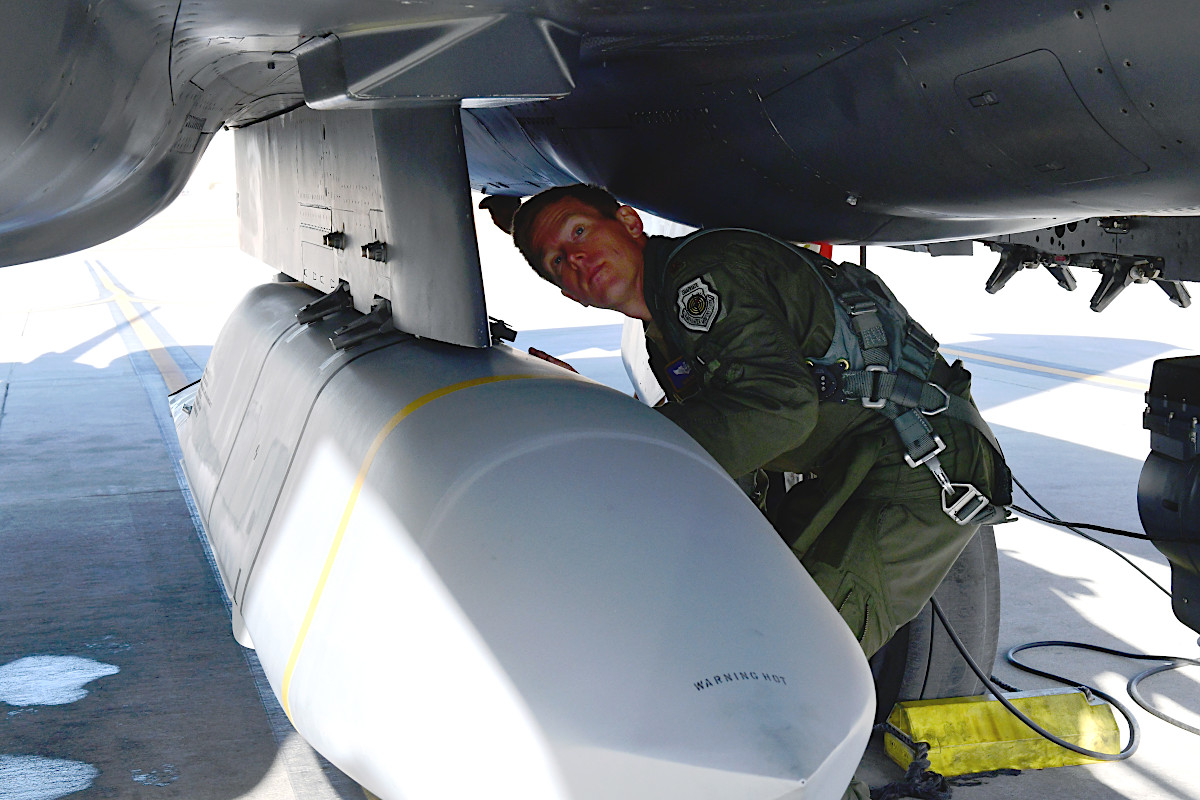
To date, there are only two known instances of JASSMs being fired in anger, one of which, as already noted, was in the aftermath of the Baghdadi raid. Air Force B-1Bs also fired 19 of these missiles during the U.S.-led missile strikes on chemical weapon-related sites in Syria in 2018.
Still, the JASSM family, which now includes a ship-killing derivative, the AGM-158C Long Range Anti-Ship Missile (LRASM), has steadily become one of the Air Force’s primary air-launched conventional stand-off weapons. In 2019, the service retired the AGM-86C/D Conventional Air-Launched Cruise Missile (CALCM), the non-nuclear cousin of the AGM-86B Air-Launched Cruise Missile (ALCM), which only the B-52H had been able to carry.
The service is now in the process of developing a JASSM variant, the “extreme range” AGM-158D JASSM-XR, which is expected to be able to hit targets more than 1,000 miles away. For comparison, the AGM-158B has a publicly stated range of at least 575 miles and the AGM-86C/D’s maximum range was said to be around 600 miles.
Last year, the Air Force also conducted a series of tests around the possibility of giving B-1B bombers the ability to carry JASSMs, as well as other weapons, externally.

With weapons like the JASSM family, including the future AGM-158D, the Air Force’s F-15Es, the first of which entered service in the late 1980s, look set to continue to be in-demand strike platforms for years to come. The service has also been adding other important upgrades to the Strike Eagles in recent years, including AN/APG-82 active electronically scanned array (AESA) radars and, now, new radar warning and electronic warfare suites.
As it stands now, these aircraft remain heavily committed to supporting active conflicts in the Middle East, including ongoing operations in Iraq and Syria, flying primarily from Muwaffaq Salti Air Base in Jordan. Strike Eagles that deploy there now regularly sport very colorful nose art, something that has become something of a broader tradition for F-15Es, as well as F-15C/D Eagles, that get sent to bases across the region.
You can find a video highlight reel of the 492nd Expeditionary Fighter Squadron’s deployment to Muwaffaq Salti Air Base in 2020 here.
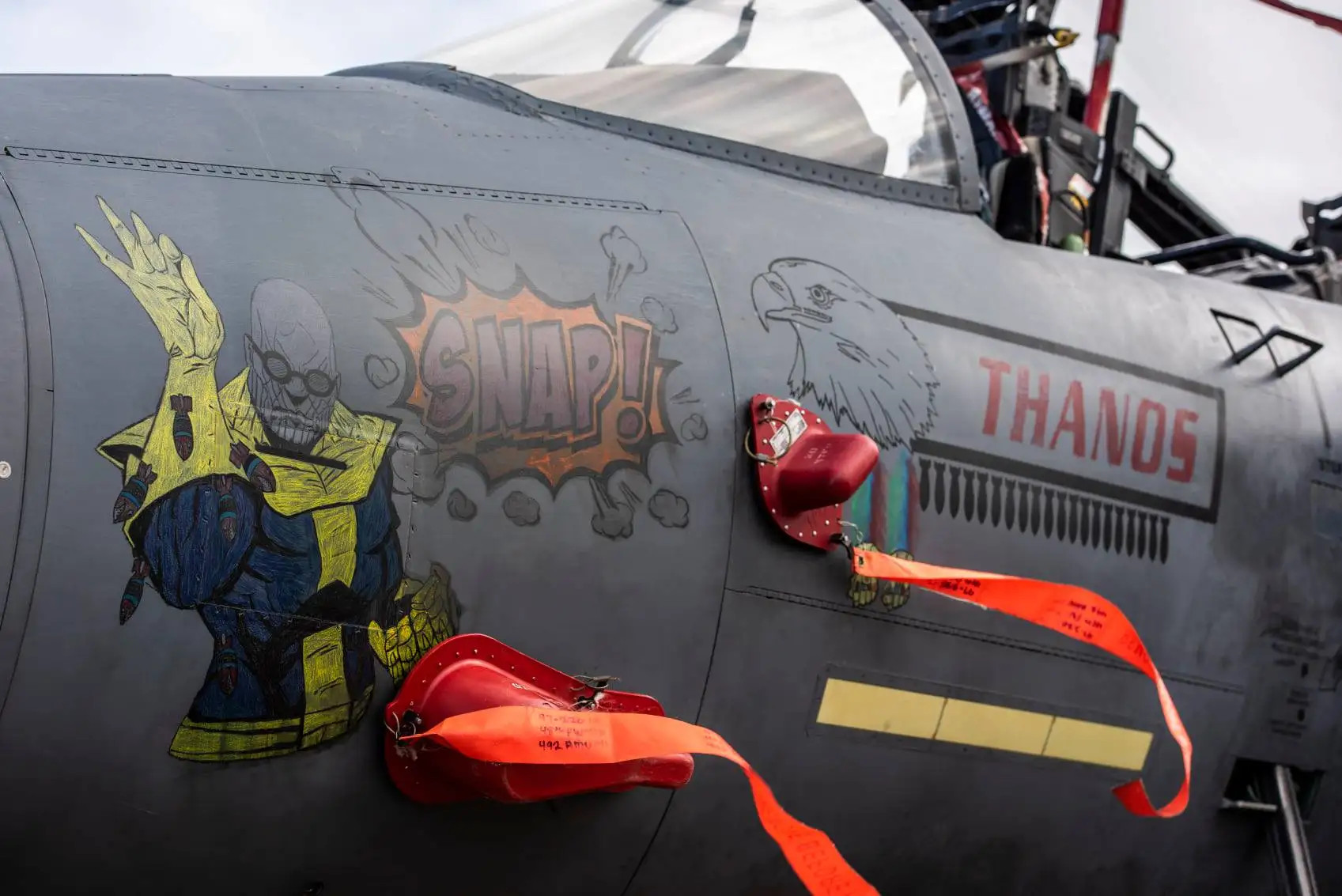
All told, as time goes on it seems likely that we will only be seeing more F-15Es carrying stealthy JASSM series missiles, abroad and at home.
Contact the author: joe@thedrive.com
